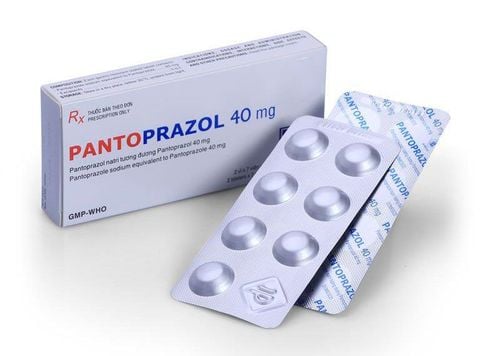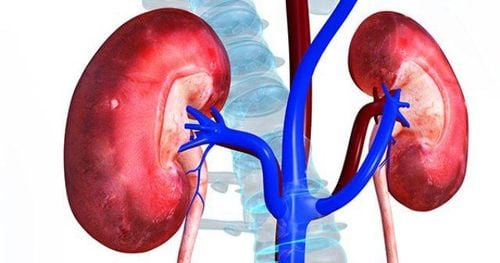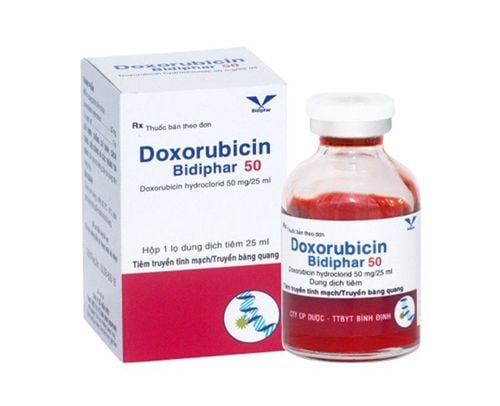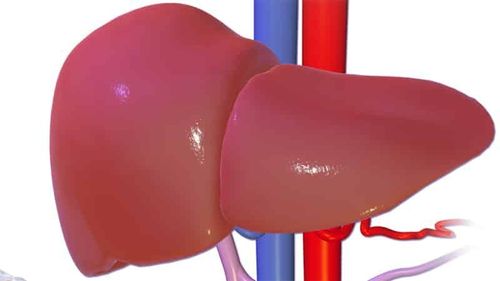This is an automatically translated article.
The article was professionally consulted by Specialist Doctor I Vo Thi Thuy Trang - Department of Medical Examination & Internal Medicine - Vinmec Da Nang International General HospitalThe treatment methods for hepatorenal syndrome are mainly using vasopressors, albumin and some invasive techniques, the aim is to prolong the patient's life time.
1. Prophylactic treatment of hepatorenal syndrome
Use of antibiotics and albumin infusion for patients with cirrhosis of the liver with intra-abdominal fluid infection. Volume replacement for cases of fluid loss such as diarrhea, gastrointestinal bleeding. Avoid excessive use of diuretics that cause fluid loss. Do not use nephrotoxic drugs such as NSAIDs, aminoglycoside antibiotics.
2. Treatment of hepatorenal syndrome type 1
Diagnosis of type 1 hepatorenal syndrome: Rapidly progressive renal failure is assessed by the patient's serum creatinine level in 2 weeks doubled from baseline or increased higher than 221 μmol/L.
Initial treatment for hepatorenal syndrome type 1 is the use of vasopressors and albumin . Recommended medications include: Terlipressin is the most widely used vasoconstrictor; Midorin, octreotide, and dopamine require further clinical evaluation, where dopamine can be administered at low doses of 1.5-2 mg/kg/hour in combination with albumin infusion.

Người bệnh sử dụng thuốc theo hướng dẫn của bác sĩ
Improve body failure by using terlipressin in combination with albumin according to the following principles:
Terlipressin (0.5 - 2 mg every 4 hours by slow intravenous injection): Terlipressin starting dose 0.5 mg per injection 4 hours. If after 3 days of treatment, creatinine has not decreased, gradually increase the dose every 3 days by 1 mg, or 1.5 mg or 2 mg every 4 hours until creatinine decreases < 133 mcmol/l. Albumin (1g/day on the first day and then 20-40g/day). Discontinue treatment if the following occur:
Creatinine does not decrease by at least 50% after 7 days of high-dose terlipressin or does not decrease after the first 3 days of treatment. Appearing side effects of the drug: Vasoconstriction leads to anemia and arrhythmia.
In responders, treatment is continued until the hepatorenal syndrome is reversed or up to 14 days.
In addition, for patients with hepatorenal syndrome type 1 who do not respond to vasopressors, TIPS is used as an alternative treatment. A liver transplant is the only way to give a patient a chance to live a long time.
3. Treatment of hepatorenal syndrome type 2
Diagnosis of type 2 hepatorenal syndrome: Slower progressive renal failure (serum creatinine about 178 μmol/L) associated with recurrent or diuretic-resistant ascites.
Currently, the treatment regimen using vasopressors for patients with hepatorenal syndrome type 2 has not been determined. TIPS are used, but there are no studies to determine how effective they are.

Người bệnh cần đến bệnh viện để được điều trị theo phác đồ
TIPS is a surgical procedure to create a portal-hostile junction between a hepatic vein and a portal vein branch by a passage through the liver. The intended use of TIPS in the treatment of hepatorenal syndrome is to reduce vena cava pressure, improve glomerular filtration rate, and decrease vasoconstrictor hormone response.
Liver transplantation is the only definitive treatment.
MORE:
What is hepatorenal syndrome? How are the symptoms of kidney failure and hypertension related to each other? Acute kidney failure has a high mortality rate














